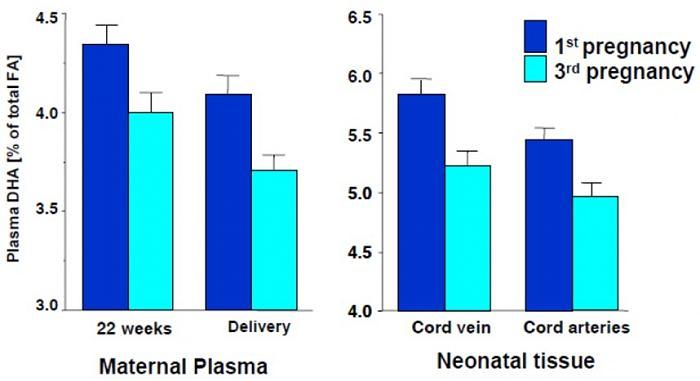- They made you fat
- They gave you heart disease
Do We Need To Eat Fat?
- Cell membrane health
- Carry ‘fat soluble’ vitamins A, D, E & K and help them absorb through the intestinal tract
- Controls inflammation
- Provide an energy source when carbohydrates aren’t available (think low carb or Ketogenic diets)
- Control blood sugar through slowing release of carbohydrate
- Optimal hormonal output and production
How Much Fat Should We Eat?
Which Types of Fat Are Best?
Aiming to keep your saturated fat intake to ~10% of your total calories while getting the majority of your fat from monounsaturated and polyunsaturated seems to be a great target for most to work towards.
Pregnancy Recommendation

To help this, our recommendation would be to supplement with a specific pregnancy fish oil based formula that has a higher concentration of DHA over EPA.
Visceral Fat
Fat Myth Busting
If all of your fats are coming from saturated sources (such as red meat or eggs) and you're not consuming enough unsaturated fats from marine and plant sources, then you may be increasing your production of LDL cholesterol and subsequent cardiovascular disorders.

.jpg)
.jpg)
.jpg)